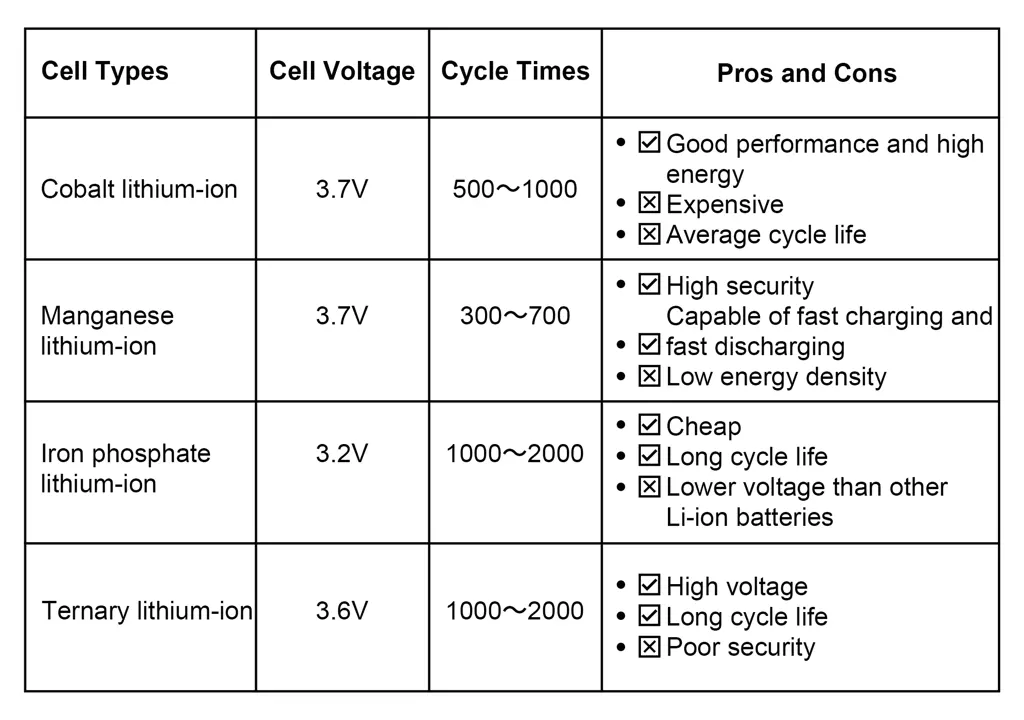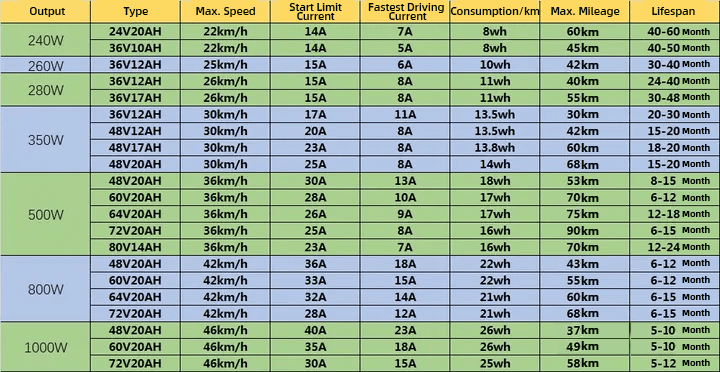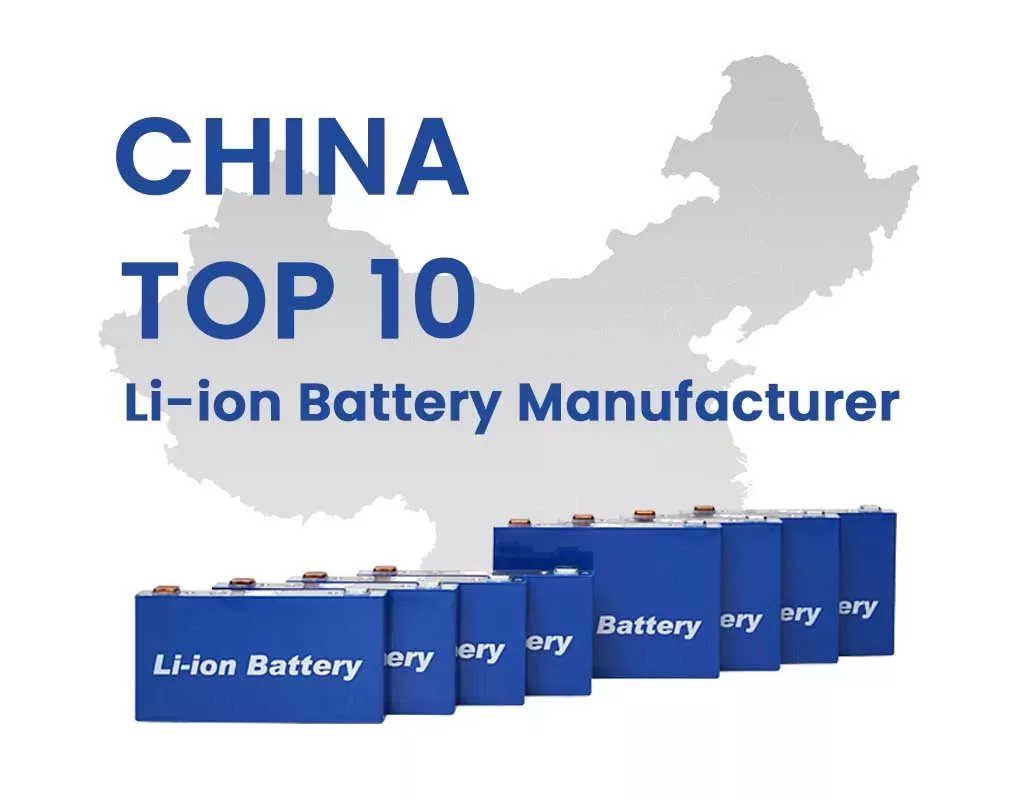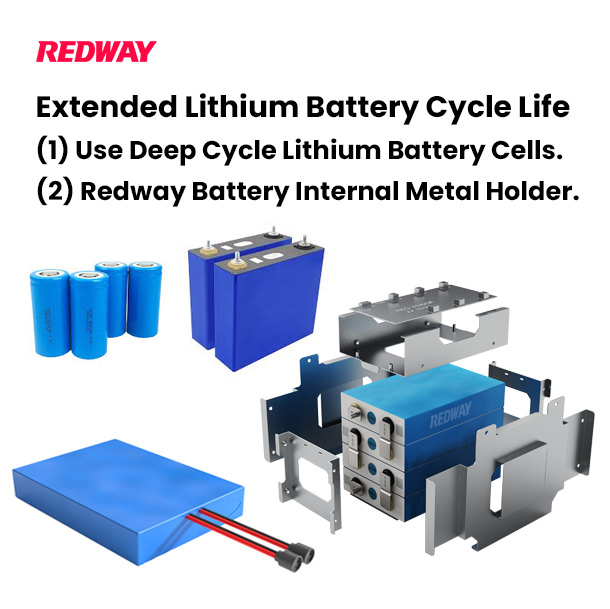Understanding the differences between lithium-ion and lead-acid batteries is crucial for prospective electric vehicle (EV) owners. This article offers insights to guide an informed decision based on performance, cost-effectiveness, and user experience.
Lithium-ion Batteries: Performance and Considerations
Advantages of Lithium-ion
- Lightweight Design: Enhances vehicle efficiency.
- Higher Energy Density: Extends driving range.
Disadvantages of Lithium-ion
- Cold Climate Performance: Degrades in colder temperatures.
- Higher Initial Cost: Compared to lead-acid batteries.
- Limited Lifespan: Requires more frequent replacements.
Lead-acid Batteries: Durability and Cost-effectiveness
Advantages of Lead-acid
- Cold Weather Performance: Maintains efficiency in low temperatures.
- Lower Initial Cost: A budget-friendly option.
- Longer Lifespan: With proper maintenance.
Disadvantages of Lead-acid
- Weight and Size: Can impact vehicle efficiency.
- Lower Energy Density: Shorter driving range.
- Overcharge/Overdischarge Risk: Requires careful management.

Drawing from the experiences of Mr. Liu Godan, a resident of Shenyang, Liaoning, who procured an electric vehicle, the adoption of lithium-ion batteries caught his preference. The vehicle featured a 48V 12A lithium-ion battery, coupled with a 350W motor, boasting a 20-kilometer range. However, when confronting the harsh winter weather, the battery’s capacity markedly diminished, reaching a point where recharging became unfeasible. Liu was compelled to detach the battery, carry it to his workplace for recharging, and reinstall it upon his return. This predicament stemmed from the suboptimal performance of lithium-ion batteries in cold temperatures.
In contrast, lead-acid batteries fare notably better in colder conditions. Observations made by Mr. Liu’s colleagues, who employed lead-acid batteries, indicated that the winter range reduction was around 30 kilometers, still enabling them to complete their journeys. In contrast, lithium-ion batteries dwindled to approximately 5 kilometers, failing to satisfy daily travel requirements.

Furthermore, lead-acid batteries tend to be slightly heavier but more cost-effective. On the flip side, lithium-ion batteries boast a lighter profile but come with a relatively higher price tag. Additionally, lead-acid batteries offer superior safety features, being less prone to issues like overcharging and overdischarging. They also allow for the replacement of old batteries with new ones, thus offering a more economical solution.
Classification and characteristics of lithium-ion batteries

Addressing the aspect of vehicle registration, Mr. Liu highlighted that his electric vehicle failed to meet the eligibility criteria for registration due to its excessive weight and higher motor power. He advises potential buyers to be vigilant about adhering to vehicle specifications that meet registration standards, thereby averting registration denials based on overspecification.
When it comes to battery life, we usually see that the battery life is related to the motor, voltage and battery capacity. The motor power is W, the voltage is V, and the battery capacity is AH. China’s new national standard trams limit the power of the motor to 400W or less, and the voltage is ≤48V, so the general new national standard is: 350W 48V12A.

In sum, the decision of selecting lithium-ion or lead-acid batteries when purchasing an electric vehicle necessitates a consideration of usage scenarios, climate conditions, and personal requirements. In regions characterized by cold weather, like the northern parts of China, lead-acid batteries emerge as a more suitable option, showcasing commendable performance under low temperatures. Conversely, lithium-ion batteries excel in milder climates, albeit at a relatively higher cost.
Choosing the Right Battery for Your Needs
Factors to Consider
- Climate Conditions: Lead-acid batteries are more reliable in harsh cold climates.
- Cost Considerations: Lead-acid offers a cost-effective alternative to lithium-ion.
- Regulatory Requirements: Ensure compliance with local EV standards.
Real-world Example
Mr. Liu Godan from Shenyang experienced a significant reduction in range with his lithium-ion battery-powered EV during winter, highlighting the importance of climate considerations.
Conclusion
The decision between lithium-ion and lead-acid batteries for EVs depends on climate, budget, and usage. Lead-acid batteries are preferred for their consistent performance in cold temperatures, while lithium-ion batteries are suitable for mild climates and applications valuing weight and energy density. Careful evaluation of these factors will lead to the right choice for your EV needs.





